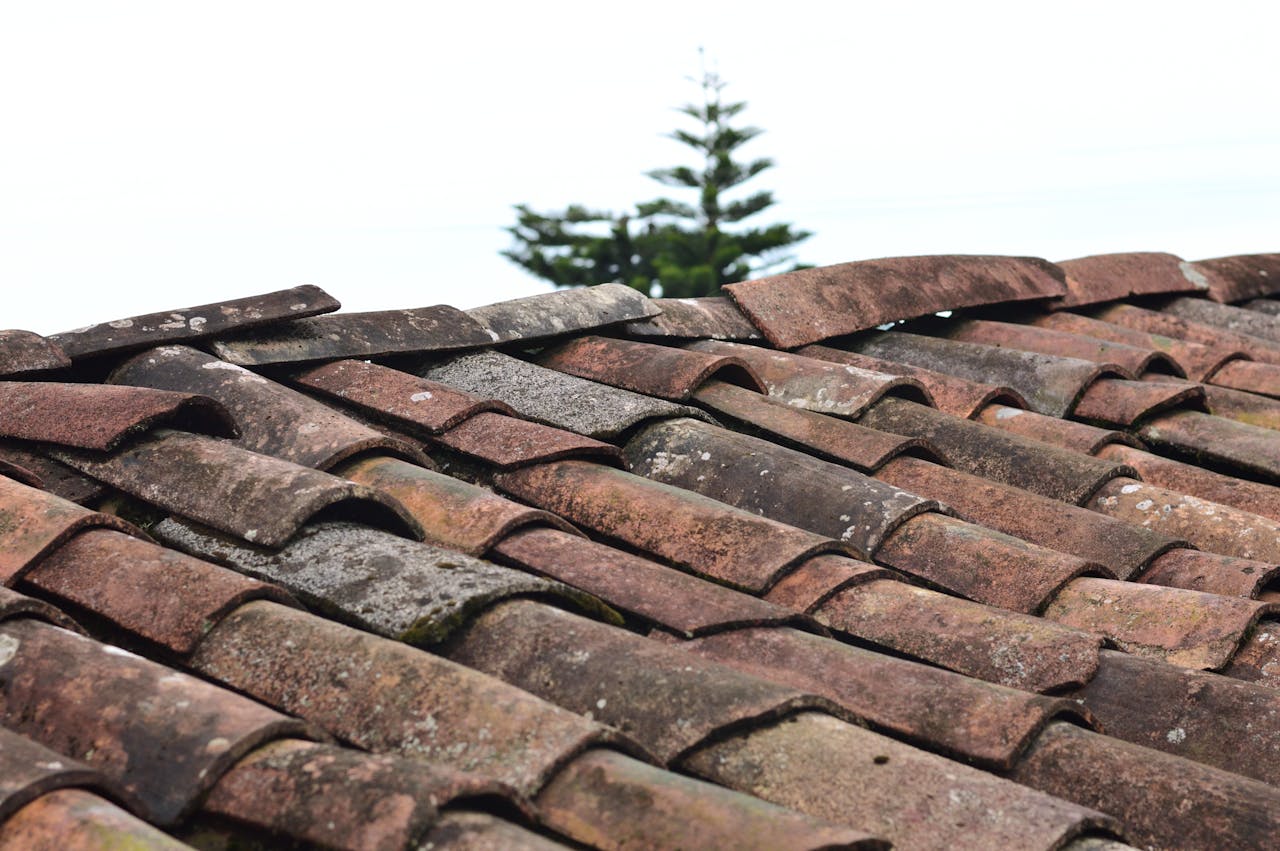Identifying and Addressing Roof Leaks
Common Causes of Roof Leaks
Roof leaks in Shingle roofs are commonly caused by damaged or missing shingles, improper flashing installation, or clogged gutters. When shingles are cracked, curled, or missing, they leave the roof vulnerable to water penetration, which can lead to leaks. Flashing, which is installed around roof penetrations like chimneys, vents, and skylights, can also be a source of leaks if it’s not installed correctly or if it deteriorates over time. Additionally, clogged gutters can cause water to back up under the shingles, especially during heavy rainfall, leading to leaks.
Identifying the source of a leak is the first crucial step in addressing the issue. This often involves a thorough inspection of the roof, looking for visible signs of damage such as missing or broken shingles, gaps in the flashing, or areas where water might be pooling. Water stains on the ceiling or walls inside the home are also key indicators of a leak, but they don’t always correspond directly to the source of the problem. Water can travel along roof decking before it finds an entry point, so pinpointing the exact location may require some investigative work.

Steps to Fix Roof Leaks
start by locating the leak’s origin, which may be visible as water stains on ceilings or walls. Once the source is identified, the damaged shingles should be carefully removed and replaced. It’s essential to check the flashing around chimneys, vents, and other roof projections, as these areas are common leak points. Replacing or resealing flashing can often resolve leaks in these spots. Additionally, clearing gutters of debris ensures proper water drainage, reducing the risk of leaks.
Preventive Measures
Preventing future leaks involves regular roof inspections and maintenance. Homeowners should inspect their roofs at least twice a year, especially after severe weather, to catch and repair any damage early. Keeping gutters clean and ensuring proper attic ventilation also plays a significant role in maintaining the roof’s integrity and preventing leaks.
By addressing leaks promptly and maintaining a regular inspection schedule, homeowners can protect their shingle roofs from extensive damage and prolong their lifespan. For a comprehensive guide on fixing and preventing leaks in shingle roofs, you can read more here.